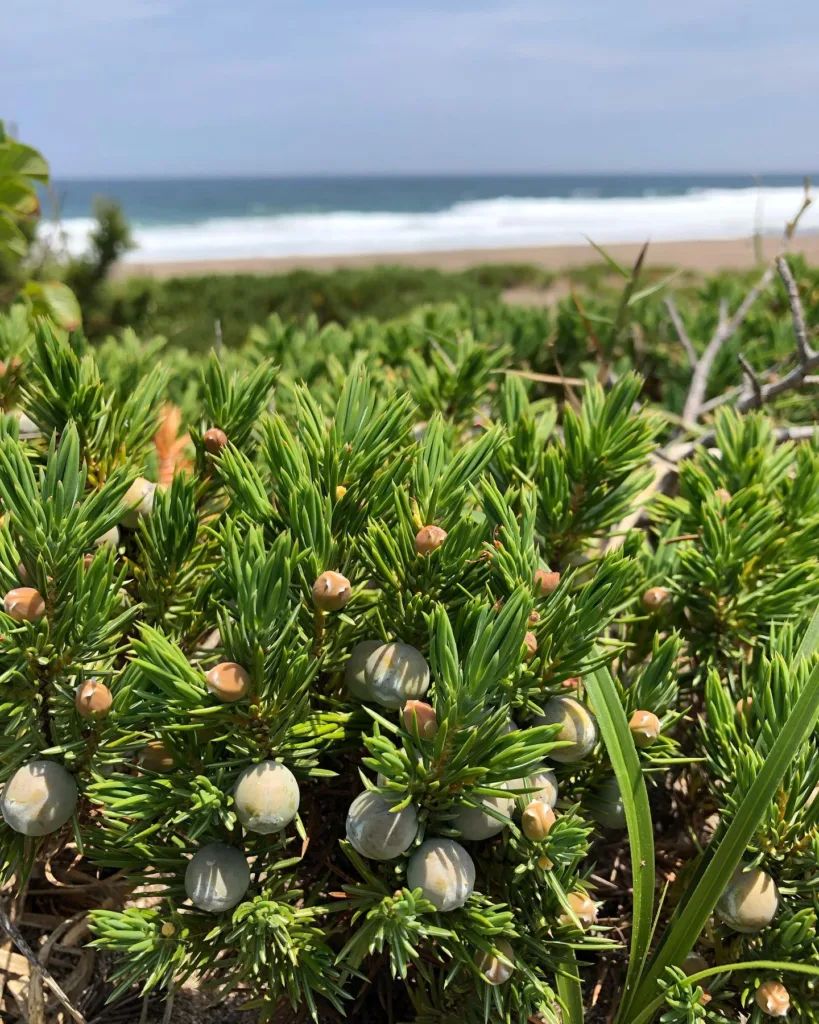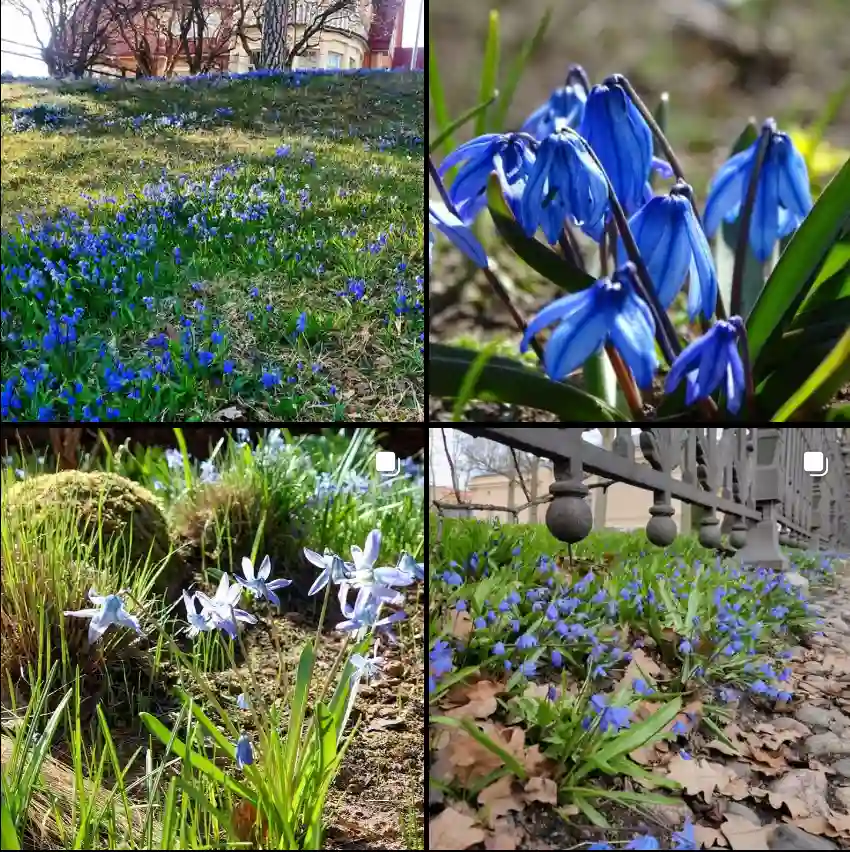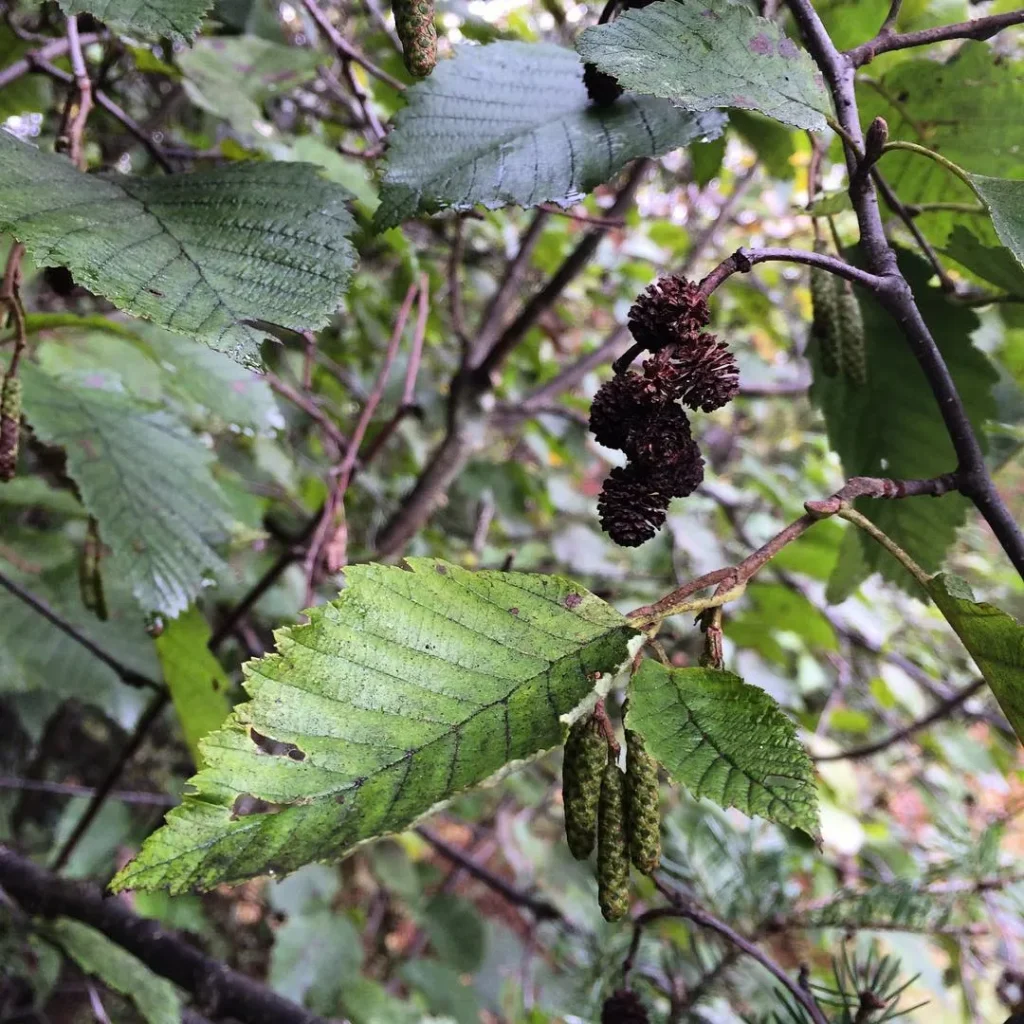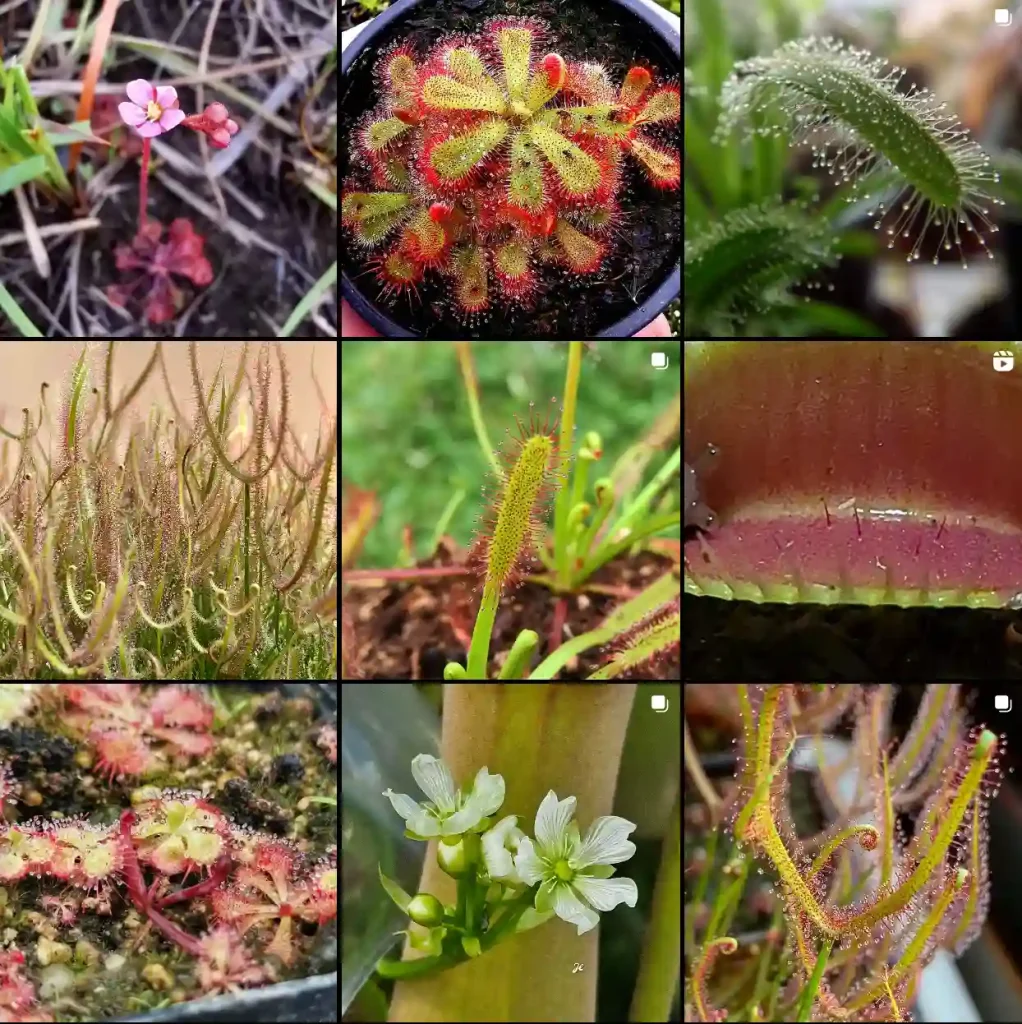The Juglandaceae Family: An Insightful Exploration
The Juglandaceae family, or the walnut family, has always captivated me with its unique botanical traits and the significant role it plays in both ecology and human culture. Known for its towering trees and valuable nuts, this family has a special place in my garden collection and has sparked countless hours of fascination. I’ve always enjoyed learning more about the plants that make up this family and how they contribute to both biodiversity and human consumption.
Genera in the Juglandaceae Family
The Juglandaceae family comprises several genera, each with its distinctive characteristics. Below are some of the notable ones:
- Juglans: This genus is the most iconic, featuring walnut trees like Juglans regia (the English walnut) and Juglans nigra (the black walnut). The walnut tree is valued not only for its edible nuts but also for its hardwood, which has long been used in fine woodworking. – 22 Species in Genus Juglans
- Carya: Known for hickories and pecans, the Carya genus has always fascinated me with its dual appeal. It provides both strong, resilient timber and delicious nuts. Species like Carya illinoinensis (pecan) and Carya ovata (shagbark hickory) stand out. I’ve always found it interesting how these trees offer both ecological benefits—such as habitat and food for wildlife—and economic importance. – 28 Species in Genus Carya
- Pterocarya: Known as the wingnut, Pterocarya is less familiar to many but equally intriguing. These trees, native to Asia, are often admired for their ornamental qualities rather than their economic value. While I haven’t grown these personally, I’ve seen them used effectively in large park settings where their expansive, attractive foliage can be fully appreciated.
- Cyclocarya: Another fascinating genus is Cyclocarya, represented by Cyclocarya paliurus, or the wheel wingnut. Though not commonly found in gardens, this tree has a unique charm due to its round, winged fruits. I’ve always appreciated the distinct aesthetic it offers, even though it’s less common compared to Juglans or Carya.
- Alfaroa Standl.
- Engelhardia Lesch. ex Blume
- Oreomunnea Oerst.
- Platycarya Siebold & Zucc.
- Rhoiptelea Diels & Hand.-Mazz.
Ecology and Importance of Juglandaceae
What strikes me about the Juglandaceae family is its adaptability and importance in various ecosystems. Whether it’s the vast forests where black walnut trees thrive or the mixed woodlands where hickories provide shelter and food for wildlife, these plants play vital roles. I’ve noticed how squirrels and other animals depend on the nuts produced by these trees, dispersing seeds and thus contributing to forest regeneration.
In my experience, growing Juglandaceae plants requires space and patience. These trees tend to grow large, with spreading canopies, and can take years to mature and produce nuts. However, they reward the patient gardener with robust growth, a bounty of nuts, and in many cases, wood that’s as valuable as the nuts themselves.
One point worth mentioning about walnuts is the production of juglone, a natural chemical that can inhibit the growth of nearby plants. I’ve always found it fascinating how this natural allelopathic property affects what you can plant near walnut trees. Certain plants, like tomatoes and apple trees, can struggle in the presence of walnuts, while others, such as beans or some types of ferns, thrive without issue.
Economic and Cultural Relevance
Beyond their ecological role, Juglandaceae plants have a long history of human use. The nuts of walnuts and pecans have been integral to various cuisines, providing rich, flavorful additions to everything from salads to desserts. I remember my first pecan harvest and the satisfaction of gathering those buttery, sweet nuts. The experience of growing something from seed to food has always felt deeply rewarding.
Moreover, the wood from Juglandaceae species, particularly black walnut, is prized in furniture-making and carpentry. I’ve seen how woodworkers covet this dark, dense wood for its beauty and durability. Even in smaller-scale home projects, walnut wood brings a touch of elegance that’s hard to match.
Personal Experience with Juglandaceae
In my own garden, I’ve grown Juglans regia for its nuts and shade, and I’ve experimented with Carya illinoinensis. These trees require a lot of attention when young, especially when it comes to soil and water management. I’ve also had to manage the presence of juglone carefully, ensuring that companion plants are compatible. Despite these challenges, growing these trees has been a rewarding endeavor, offering a mix of utility and beauty.
Overall, my journey with the Juglandaceae family continues to be one of discovery. From learning how to manage their large growth habits to harvesting the fruits of my labor, these trees have proven to be not just plants, but a rich source of satisfaction and connection to the natural world. Their contribution to both biodiversity and human culture, whether through their nuts or wood, makes them a significant part of any garden or forest.
If i die, water my plants!



